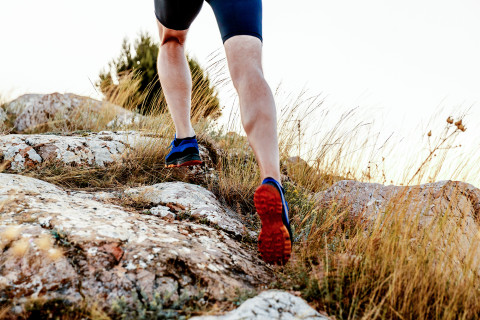The doctoral dissertation in the field of Medical Physics will be examined at the Faculty of Science, Forestry and Technology, Kuopio Campus and online.
What is the topic of your doctoral research? Why is it important to study the topic?
In the doctoral research, methods were developed to conduct musculoskeletal analysis of human movement in field conditions. Musculoskeletal analysis can be informative in the study of pathologies that affect how people move. Extensive musculoskeletal analysis necessitates measurements in a specialized motion laboratory, which is cumbersome and involves lengthy participant preparation and computationally expensive analysis steps in addition to measuring the movement of the participant. Musculoskeletal analysis would be much more accessible if musculoskeletal analysis could be conducted outside the motion laboratory using portable measurement technologies. In this doctoral research, two such portable measurement technologies were investigated: wearable motion sensors and single video camera-based analysis.
What are the key findings or observations of your doctoral research?
The doctoral research showed that portable measurement technologies can be used to estimate biomechanical outcomes such as human joint angles and joint loading, which usually require measurements in a motion laboratory. Although the estimates provided by portable measurement technologies are not as accurate as those from measurements in a motion laboratory, portable measurement technologies enable musculoskeletal analysis much faster and in a variety of different environments. These environments can include, e.g., outside where many movements naturally occur, or even in the subject’s own home. The doctoral research presented methods to estimate some of the biomechanical outcomes in real time, which can be used for immediate feedback during the measurement in applications such as movement retraining.
How can the results of your doctoral research be utilised in practice?
The methods developed in the doctoral research could be applied clinically, e.g., to instruct a patient with a sore knee to walk in a way that exerts less stress on the knee or its compartments. While this has been possible previously using measurements in a motion laboratory, the doctoral research presented methods to provide similar information using portable measurement technologies. This makes the methods more accessible and cost effective.
What are the key research methods and materials used in your doctoral research?
The doctoral research utilized both existing motion data and motion data that was collected from volunteering participants during the research in the HUMEA motion laboratory of the University of Eastern Finland. In addition to biomechanical modeling of the human musculoskeletal system, the doctoral research involved software development and the utilization of machine learning methods, particularly neural network-based regression and computer vision. The doctoral research was conducted collaboratively in the Biophysics of Bone and Cartilage research group and the Biosignal Analysis and Medical Imaging research group of the Department of Technical Physics.
The doctoral dissertation of Jere Lavikainen, MSc, entitled Estimation methods for musculoskeletal movement and loading using biomechanical models and portable modalities will be examined at the Faculty of Science, Forestry and Technology. The Opponent in the public examination will be Professor Anthony Bull, Imperial College London, the Custos will be Professor Pasi Karjalainen, University of Eastern Finland.
For more information, please contact:
Jere Lavikainen, [email protected]




